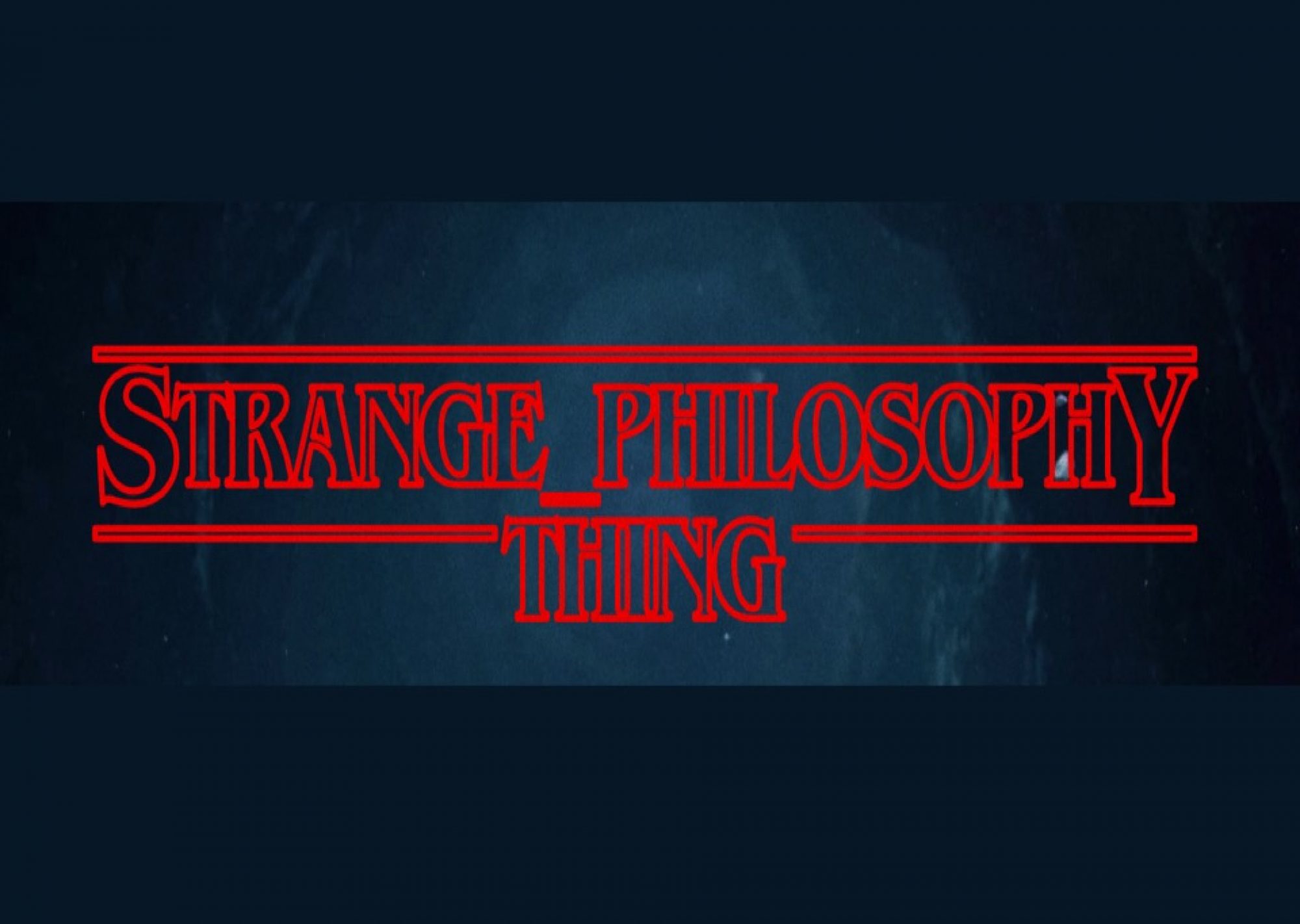Join us for the Strange Philosophy Thing today (11/14), at 4:30 p.m. for refreshments and some fun, informal philosophy talk. Today’s topic: Creativity.

Creativity is among the most valued attributes in a person. Corporations rank creativity as the most sought after attribute in potential employees. And each of us values conversation with a witty, creative interlocuter. But what is creativity? How is it realized by the mind? How can we develop it? And what aspects of contemporary life impede it?
In a short, recent article, the philosopher of mind Peter Caruthers distinguishes two kinds of creativity: online and offline. “Online creativity,” Caruthers writes, “happens ‘in the moment,’ under time pressure.” Importantly, online creativity is the kind of creativity exhibited in a task with which one is currently engaged. It is exhibited, for example, when the person with whom you’re talking says something witty or unexpected. It is also exhibited when the jazz musician offers a brilliant and unforeseen elaboration on her bandmate’s musical motif. Offline creativity, on the other hand, “happens while one’s mind is engaged with something else”. Here is a memorable example of offline creativity from the 20th century physicist and public intellectual Carl Sagan:
I can remember one occasion, taking a shower with my wife while high, in which I had an idea on the origins and invalidities of racism in terms of Gaussian distribution curves. It was a point obvious in a way, but rarely talked about. I drew curves in soap on the shower wall and went to write the idea down. One idea led to another, and at the end of about an hour of extremely hard work I had found I had written eleven short essays on a wide range of social, political, philosophical, and human biological topics…I have used them in university commencement addresses, public lectures, and in my books.
Caruthers’ primary focus is on offline creativity of the sort Sagan describes, which, Carruthers writes, “…correlates with real-world success in most forms of art, science, and business innovation”. Caruthers claims that this sort of creativity is realized by an interplay between two distinct mental capacities for attention. One of these capacities is described by psychologists as a top-down system. Sometimes metaphorically characterized as a spotlight, top-down attention is the active, deliberate attending by an individual to her occurring mental states. Such attention is sufficient to bring mental states to consciousness. Think about deliberately attending to the distant, percussive sound of a jack hammer that you’d been successfully ignoring—suddenly the sound, which had been heretofore unconscious, rises to consciousness. The other capacity is a bottom-up process, which Caruthers characterizes as the ‘relevance system’. In addition to our own willful direction of attention, it seems that processes within our minds constantly assess the relevance of non-conscious mental states to “current goals and standing values”. This bottom-up system puts forward those mental states it deems relevant as candidates for top-down attentional focus. So, for example, you may have a standing value to be polite to people you know. Attuned to this value, the bottom-up system promotes your perceptions of familiar faces in a crowd for top-down attentional focus.
Caruthers contends that this interplay between bottom-up and top-down attention is essential to offline creativity, writing that:
If you also have a background puzzle or problem of some sort that you haven’t yet been able to solve, chances are the goal of solving it will still be accessible, and will be one of the standards against which unconsciously-activated ideas are evaluated for relevance. As a result, the solution (or at least, a candidate solution) may suddenly occur to you out of the blue. Creativity doesn’t so much result from a Muse whispering in your ear as it does from the relevance system shouting, “Hey, try this!”.
But Caruthers contends that such offline creativity is impeded by activities that focus our attention. The best route to offline creativity, he contends, is to let your mind be offline sometimes. But contemporary life—encompassing, for example, the ever-presence of smartphones and social media—makes this difficult. Caruthers characterizes the situation as follows: “Since there is no room for minds to wander if attention is dominated by attention-grabbing social-media posts, that means there is less scope for creativity, too.”
What do we think? Are there really two types of creativity? Are they “anti-correlated” as Caruthers suggests? Has creativity really been declining over recent centuries? How is creativity impeded and can we devise ways to make it flourish? Are there any trade-offs to a more creative society?
